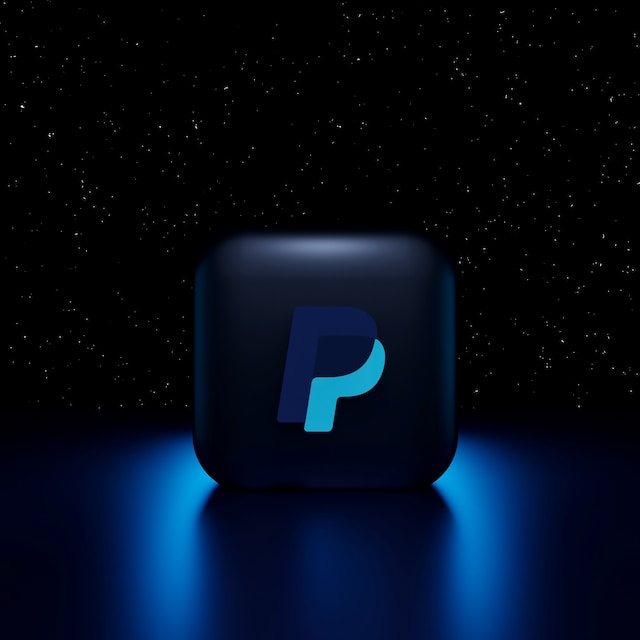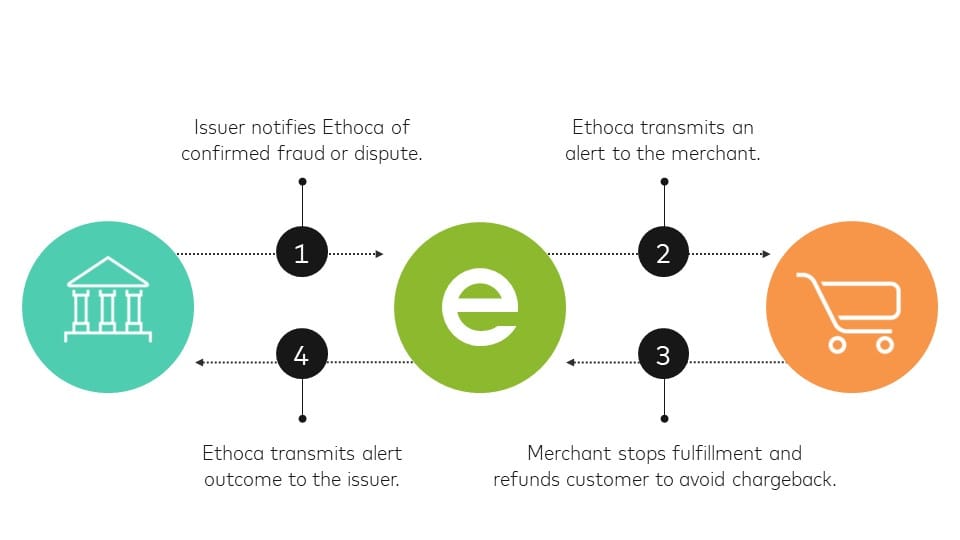
Are you tired of constantly having to manually send money to your friends on PayPal? Wouldn't it be great if you could set up recurring payments and have the money automatically sent at regular intervals? Well, you're in luck! In this blog post, we will guide you through the process of setting up recurring payments to your friends on PayPal.
Recurring payments are a convenient feature that allows you to schedule automatic transfers of money to your friends, eliminating the need for you to remember to send the payment each time. Whether it's splitting the cost of monthly bills, reimbursing your friend for dinner dates, or contributing to a shared expense, recurring payments can save you time and effort.
To get started, you'll need to ensure that your PayPal account is set up properly for recurring payments. We will walk you through the steps of creating and verifying your PayPal account, as well as linking your bank account or credit card. We will also discuss the fees associated with recurring payments, so you can make informed decisions.
Once your PayPal account is ready, we will dive into the specifics of setting up recurring payments. We will show you how to find the recurring payments option, choose the recipient and payment amount, and set the payment schedule. With these simple steps, you'll be able to establish a seamless system for sending money to your friends on a regular basis.
But what if you need to make changes to your recurring payments or cancel them altogether? Don't worry, we've got you covered. We will provide you with the necessary instructions on how to edit or cancel recurring payments. Additionally, we will explain PayPal's policies for failed or missed payments and how to resolve any disputes that may arise.
Of course, we understand that security is a top concern when it comes to online payments. That's why we will also discuss best practices for securing your PayPal account and recurring payments. We'll cover topics such as setting strong passwords and security questions, monitoring your account for unusual activity, and understanding PayPal's security measures for recurring payments.
By the end of this blog post, you'll have all the knowledge and tools you need to set up and manage recurring payments to your friends on PayPal. Say goodbye to the hassle of manual transfers and hello to automated convenience. Let's get started on simplifying your financial interactions with friends!
Understanding Recurring Payments: What They Are and Why They're Useful
Recurring payments are a financial feature that allows you to schedule automatic transfers of money to your friends on PayPal at regular intervals. Instead of manually sending money each time, recurring payments streamline the process by automating the transactions.
These recurring payments can be incredibly useful in various scenarios. Here are a few reasons why you might find them beneficial:
Shared Expenses: If you frequently split bills or expenses with friends, such as rent, utilities, or group trips, setting up recurring payments ensures that everyone pays their fair share without the need for constant reminders or follow-ups.
Recurring Debts: If you owe money to a friend and have agreed upon a repayment plan, recurring payments can help you stay on track by automatically transferring the agreed-upon amount at regular intervals. This eliminates the risk of forgetting or delaying payments.
Subscription Services: If you and your friends share subscription services like streaming platforms or online memberships, recurring payments can simplify the process of collecting funds and ensuring continuous access for everyone.
Regular Contributions: Whether it's for a joint savings goal, a charitable cause, or a group gift, recurring payments enable you to make consistent contributions over time, without the need for manual transactions.
Convenience and Time-Saving: By setting up recurring payments, you free yourself from the obligation of remembering to send money each time. This convenience reduces the chances of missed payments and saves you valuable time and effort in the long run.
Overall, recurring payments offer a hassle-free and efficient way to manage financial transactions with your friends on PayPal. It's a convenient tool that helps maintain financial commitments, simplify shared expenses, and ensure timely payments without the need for constant manual intervention. In the next sections, we will guide you through the process of setting up and managing recurring payments on PayPal, so you can start enjoying these benefits.
Setting Up Your PayPal Account for Recurring Payments
To set up your PayPal account for recurring payments, there are a few important steps you need to follow. These include creating and verifying your PayPal account, linking your bank account or credit card, and understanding PayPal's fees for recurring payments. Let's dive into each of these steps in detail:
Creating and Verifying Your PayPal Account
- Visit the PayPal website (www.paypal.com) and click on the "Sign Up" button.
- Choose the type of account you want to create - Personal or Business - and click on the corresponding option.
- Fill in the required information, including your email address, password, and personal details.
- Review the terms and conditions, privacy policy, and user agreement, then click on "Agree and Create Account."
- Verify your email address by clicking on the link sent to your email inbox from PayPal.
- Provide additional information to complete the verification process, such as your phone number and address.
Linking Your Bank Account or Credit Card
- Log in to your PayPal account.
- Click on the "Wallet" option at the top of the page.
- Select "Link a bank account" or "Link a card" depending on your preferred payment method.
- Follow the prompts to enter the necessary information for linking your bank account or credit card.
- Confirm your account or card by verifying the small amounts deposited or charged by PayPal.
Understanding PayPal's Fees for Recurring Payments
- Visit the PayPal website and log in to your account.
- Click on the "Fees" link at the bottom of the page.
- Scroll down to find the section on "Sending money to friends and family."
- Review the fees associated with recurring payments, including any percentage or fixed fees applicable.
- Take note of any specific conditions or exceptions that may apply.
By completing these steps, you will have successfully set up your PayPal account for recurring payments. In the next section, we will guide you through the process of actually setting up recurring payments to your friends on PayPal.

How to Set Up Recurring Payments to Friends on PayPal
Setting up recurring payments to your friends on PayPal is a straightforward process. In this section, we will guide you through the steps to help you get started:
Finding the Recurring Payments Option
- Log in to your PayPal account.
- Navigate to the top menu and click on the "Send & Request" tab.
- On the "Send & Request" page, click on the "More" tab.
- Scroll down and locate the "Recurring Payments" option. Click on it to proceed.
Choosing the Recipient and Payment Amount
- On the recurring payments page, click on the "Create a New Plan" or similar button.
- Select "Friends and Family" as the payment type.
- Enter the email address or mobile number of the friend you wish to set up recurring payments with.
- Specify the amount you want to send for each recurring payment. You can choose to enter a fixed amount or allow your friend to request a specific amount each time.
- Add any additional notes or specific instructions related to the recurring payments, if necessary.
Setting the Payment Schedule
- Choose the frequency for the recurring payments. Options may include daily, weekly, monthly, or custom intervals.
- Select the start date for the recurring payments. You can choose to start immediately or set a specific date in the future.
- Decide the duration of the recurring payments. You can choose to continue indefinitely or set an end date.
- Review the payment summary to ensure all the details are correct.
- Click on the "Create Plan" or similar button to finalize the setup of the recurring payments.
Congratulations! You have successfully set up recurring payments to your friends on PayPal. The specified amount will now be automatically sent to your friend at the chosen frequency. In the next section, we will discuss how to manage and modify your recurring payments.
Managing and Modifying Your Recurring Payments
Once you have set up recurring payments to your friends on PayPal, you may need to manage and modify them from time to time. In this section, we will cover the steps to help you effectively manage and make changes to your recurring payments:
How to Edit or Cancel Recurring Payments
- Log in to your PayPal account.
- Go to the "Activity" or "Transactions" tab.
- Locate the recurring payment you want to edit or cancel.
- Click on the payment to view its details.
- To edit the payment, look for an "Edit" or "Modify" option and follow the prompts to make the desired changes, such as the payment amount, frequency, or duration.
- To cancel the payment, look for a "Cancel" or "Stop" option and confirm your decision to cancel the recurring payment.
Understanding PayPal's Policies for Failed or Missed Payments
- PayPal will attempt to process the recurring payment on the scheduled date. If the payment fails due to insufficient funds, expired card details, or other reasons, PayPal will notify you via email.
- It is essential to ensure that you have enough funds in your PayPal account or that your linked bank account or credit card is up to date to avoid failed payments.
- PayPal may attempt to process the payment multiple times over a specific period. If the payment continues to fail, the recurring payment may be suspended or canceled.
- Make sure to check your PayPal account regularly and resolve any payment issues promptly to avoid disruptions in the recurring payment schedule.
Resolving Disputes over Recurring Payments
- If you encounter any disputes or issues related to recurring payments, it is recommended to contact PayPal's customer support for assistance.
- Provide them with the necessary details, such as transaction IDs, dates, and any relevant documentation, to help them investigate and resolve the dispute.
- PayPal's customer support team will guide you through the dispute resolution process and work towards a resolution that is fair and satisfactory for all parties involved.
By following these steps, you can effectively manage and modify your recurring payments on PayPal. Whether you need to adjust the payment details or handle any disputes, PayPal offers tools and support to help you navigate these situations. In the next section, we will discuss how to secure your PayPal account and recurring payments.
Securing Your PayPal Account and Recurring Payments
Securing your PayPal account and recurring payments is crucial to protect your financial information and prevent unauthorized access. In this section, we will provide you with important tips and best practices to ensure the security of your PayPal account and the recurring payments you have set up:
Setting Strong Passwords and Security Questions
- Create a strong, unique password for your PayPal account. Use a combination of uppercase and lowercase letters, numbers, and special characters.
- Avoid using easily guessable passwords and refrain from using personal information like your name, birthdate, or address.
- Enable two-factor authentication (2FA) for an added layer of security. This will require you to provide a verification code, usually sent to your mobile device, in addition to your password when logging in.
Monitoring Your Account for Unusual Activity
- Regularly review your PayPal account activity and transaction history. Look out for any unfamiliar or suspicious transactions.
- Set up account notifications to receive alerts for important account activities, such as new logins or changes to your payment settings.
- Report any unauthorized transactions or suspicious activity immediately to PayPal's customer support.
Understanding PayPal's Security Measures for Recurring Payments
- PayPal uses advanced security measures to protect your account and recurring payments, including encryption and fraud detection systems.
- PayPal's Buyer and Seller Protection policies may offer additional security for eligible transactions, providing coverage against unauthorized payments or items not received.
By following these security practices, you can enhance the safety of your PayPal account and recurring payments. Remember to stay vigilant and promptly report any suspicious activity or unauthorized transactions to PayPal. With these measures in place, you can have peace of mind while enjoying the convenience of automated recurring payments.
Congratulations! You have now learned how to set up recurring payments to your friends on PayPal, manage and modify them when needed, and secure your PayPal account and recurring payments. Implement these strategies to streamline your financial interactions with friends while maintaining the highest level of security. Happy recurring payments!


